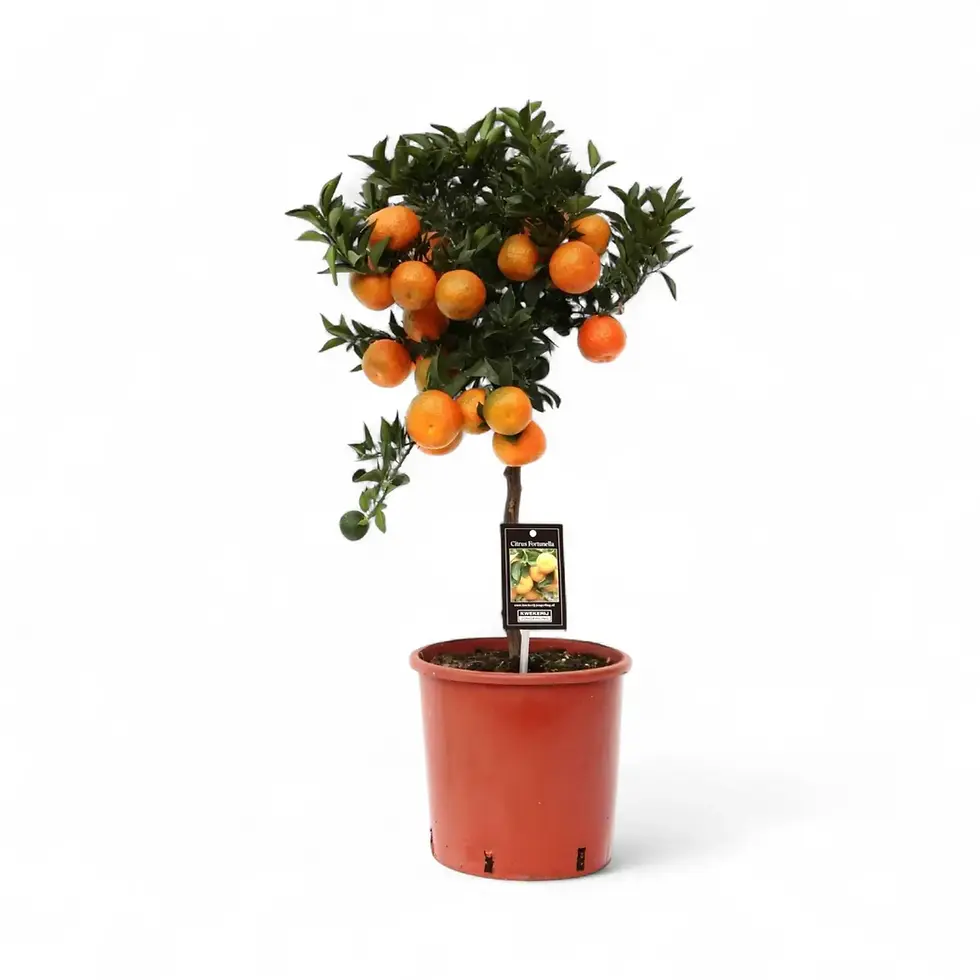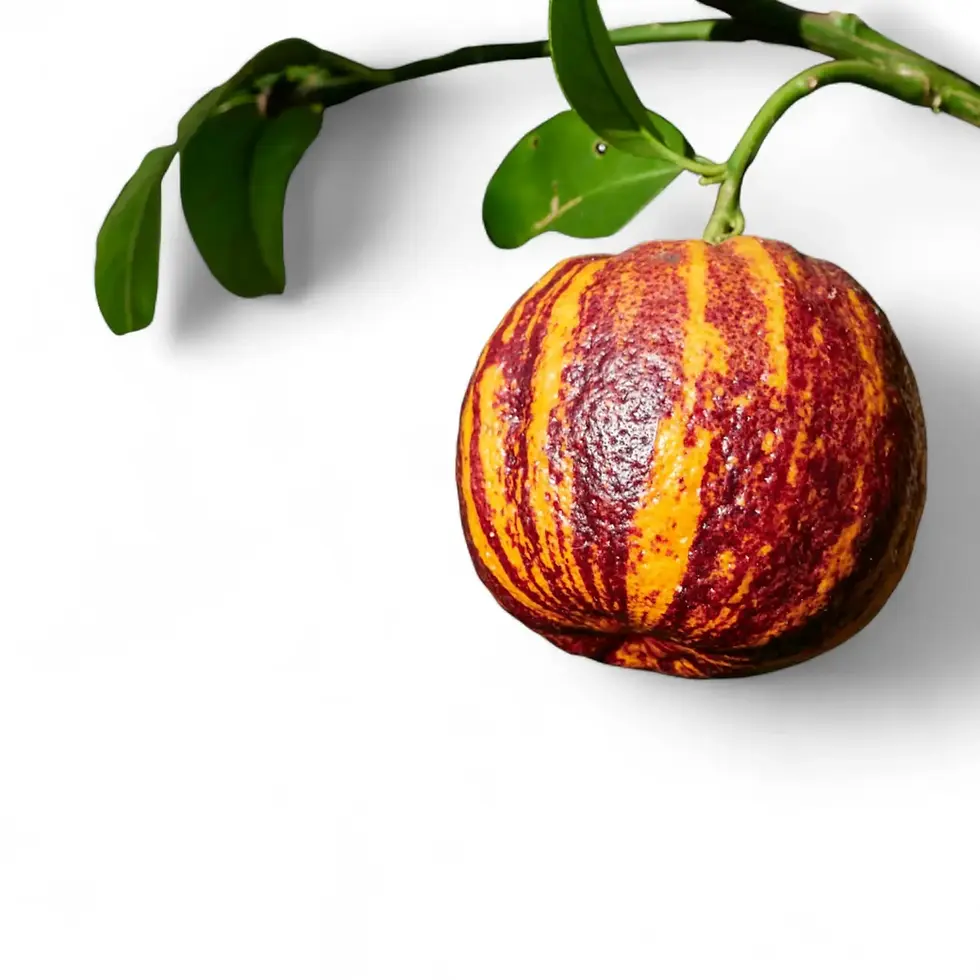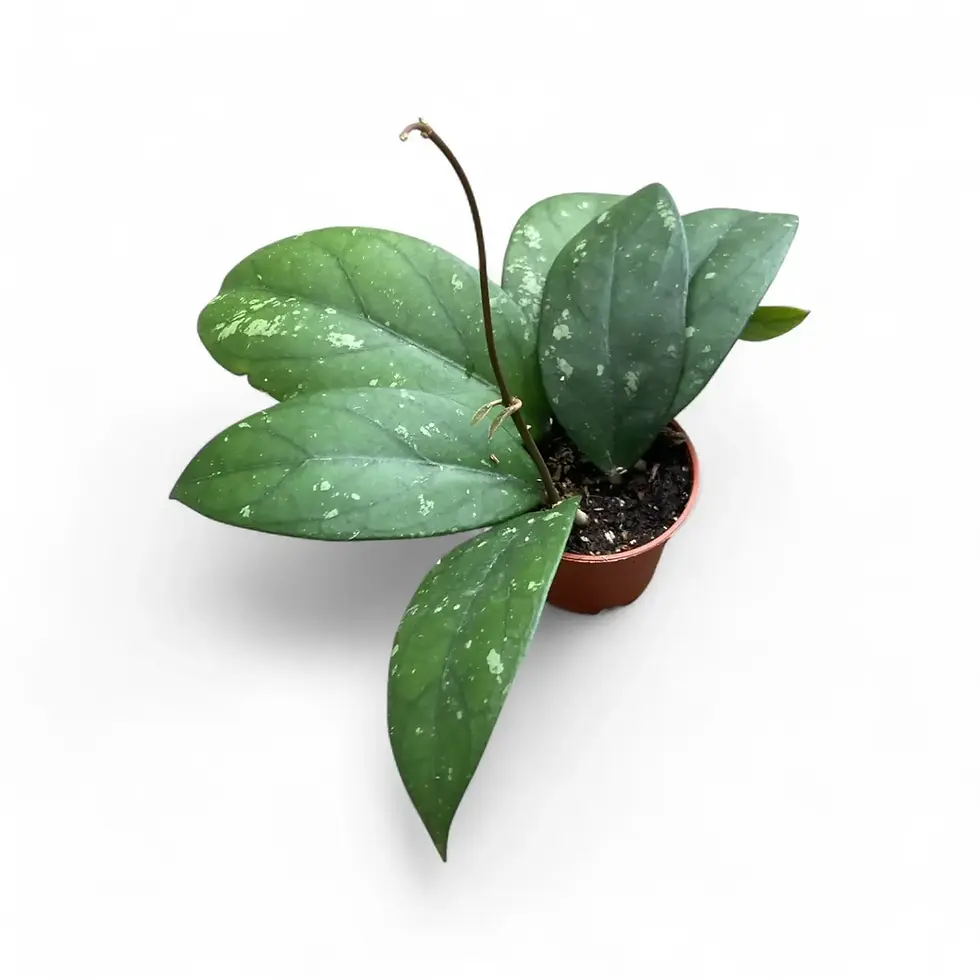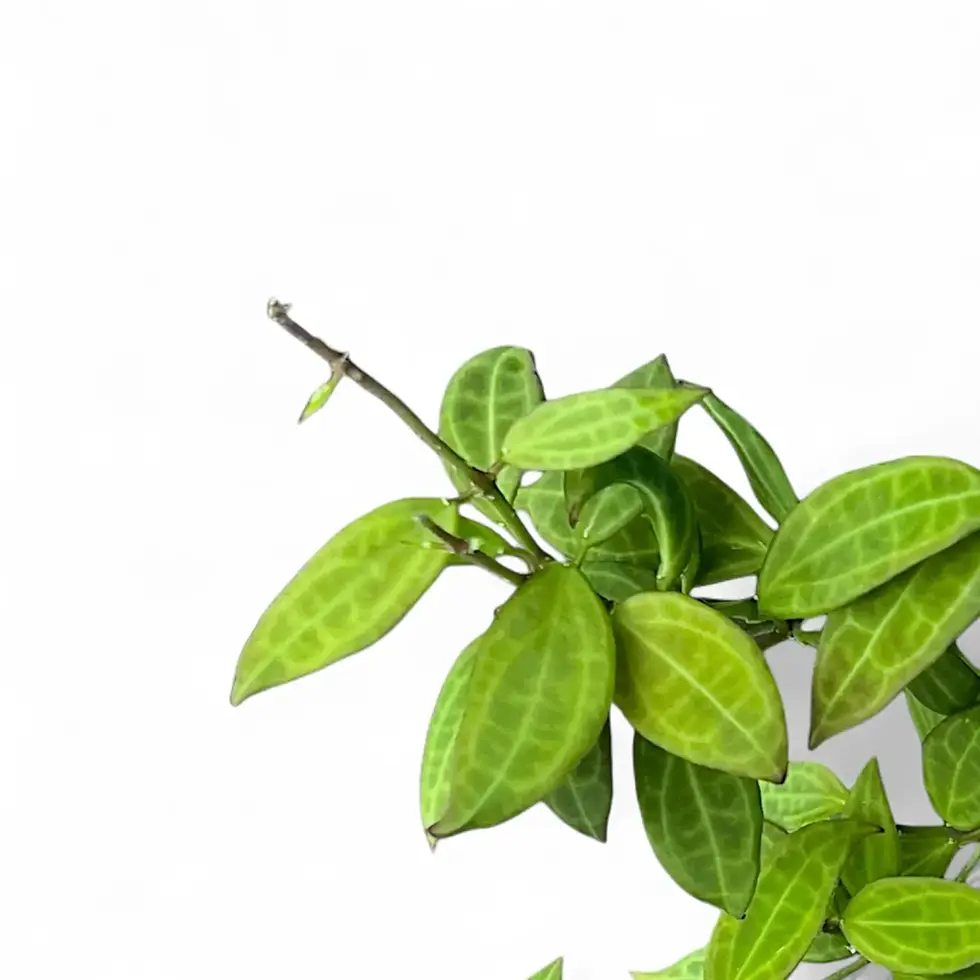Rhapis excelsa — Upright fan palm with calm structure and timeless indoor elegance
Rhapis excelsa (Lady Palm) adds refined, vertical greenery to interiors. Multiple cane-like stems carry fan-shaped, deep green leaves divided into broad segments, creating soft layers and clean lines. Slow, steady growth and a compact, clumping habit make this indoor fan palm a reliable choice for long-term styling.
Foliage, form, and growth indoors
Leaves are palmately divided into 5–10 wide segments with a glossy to softly matte finish. Stems are naturally wrapped in brown, fibrous sheaths that add texture and contrast. Rhapis excelsa forms dense clumps over time, needs minimal repotting, and tolerates moderate to lower light better than many palms.
Key characteristics at a glance
- Leaf type: Fan-shaped, 5–10 broad segments per leaf
- Indoor height: Typically 120–180 cm with age
- Growth habit: Clumping palm with multiple upright canes
- Stem texture: Natural brown fibre sheaths
- Overall look: Vertical, architectural silhouette with gentle, rhythmic foliage
Origin and natural context
Rhapis excelsa is documented from southeastern China and northern Vietnam and has a long history of cultivation in shaded courtyards and protected gardens. In many records it is known primarily from cultivation, with wild populations uncertain. Typical conditions include filtered light, mild temperatures around 18–28 °C, and evenly moist, well-draining soils.
Indoor care guide — simple, science-based rules
- Light: Bright, indirect light is ideal; adapts to moderate or lower light. Avoid harsh, direct afternoon sun.
- Water: Let the top 3–5 cm of substrate dry before watering again. Consistent, moderate watering prevents tip browning and root stress.
- Humidity: Average indoor humidity is acceptable; stable humidity reduces leaf-edge browning.
- Temperature: Best performance at 18–26 °C; avoid cold drafts and prolonged exposure below 10 °C.
- Soil: Loose, well-draining palm mix with added mineral components (e.g., perlite, pumice, fine bark) for aeration.
- Container: Use a pot with generous drainage; avoid standing water in outer cachepots.
- Feeding: Apply a balanced liquid fertilizer at low dose every 4–6 weeks on moist substrate; avoid heavy feeding.
- Repotting: Infrequent; only when clearly rootbound. Rhapis prefers a slightly snug container.
- Propagation: Divide well-rooted basal offshoots during repotting.
- Semi-hydro: Not a preferred setup; Rhapis excelsa performs more consistently in classic, well-aerated soil mixes.
- Pruning: Remove yellow or damaged fronds close to the base for a clean outline.
Troubleshooting — quick diagnostics
- Brown tips/edges: Often from low humidity, irregular watering, or accumulated salts. Maintain steady moisture and flush substrate periodically.
- General yellowing: Commonly linked to overwatering or compacted substrate; improve drainage and allow more drying between waterings.
- Spider mites: More likely in dry air; rinse foliage, increase humidity stability, and treat promptly if needed.
- Fungal spotting: Improve air movement and water at soil level to keep fronds dry.
- Slow growth: Normal for this species, especially under lower light or cooler conditions.
Safety and placement notes
Rhapis excelsa is considered non-toxic to humans and common household pets. Choose a stable, heavy container to balance the upright form and place where fronds can expand without abrasion.
Etymology and naming
Rhapis derives from Greek for “needle/rod,” referring to slender, cane-like stems; excelsa means “lofty” or “tall.” This palm has been cultivated in Asia for centuries and valued in Europe since the 18th century for resilience and classic form.
FAQs — practical answers
Can Rhapis excelsa handle low light? Yes. Growth slows, but structure and foliage quality remain acceptable under moderate to lower light.
How do I prevent brown tips? Keep watering consistent, avoid letting the root ball swing from wet to bone-dry, maintain stable humidity, and flush salts occasionally.
What potting mix works best? A well-draining palm or houseplant mix amended with mineral aerators (perlite, pumice) and fine bark to balance moisture and airflow.
Is Rhapis excelsa pet-safe? Yes, it is generally regarded as non-toxic to cats and dogs.
Add structured greenery with Rhapis excelsa
Bring home a living classic that rewards patience and steady care. Click Add to Cart to style a long-lived, low-maintenance fan palm with calm, architectural presence.
Rhapis excelsa
Rhapis excelsa comes in following sizes:
L – is approximately 90 cm tall and comes in a ⌀ 21 cm pot.
XL – is approximately 120 cm tall and comes in a ⌀ 27 cm pot.
































